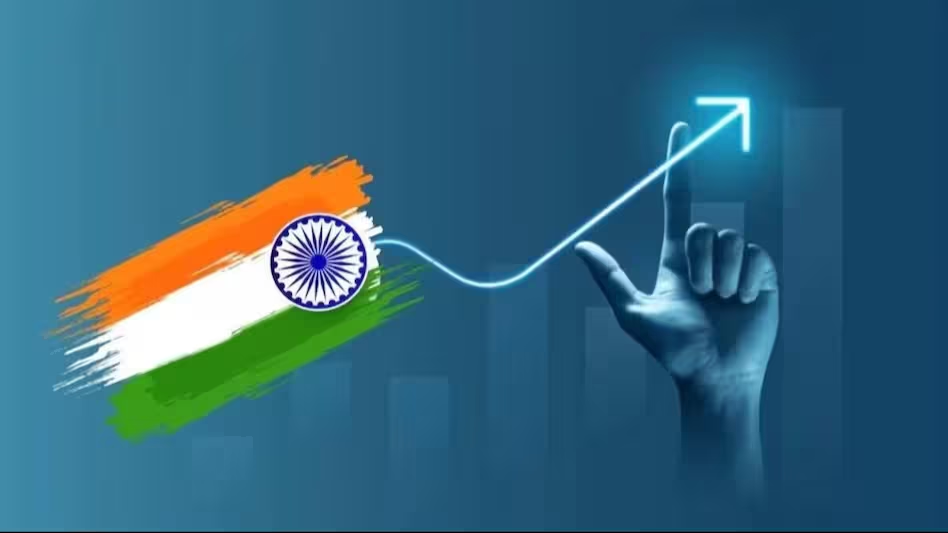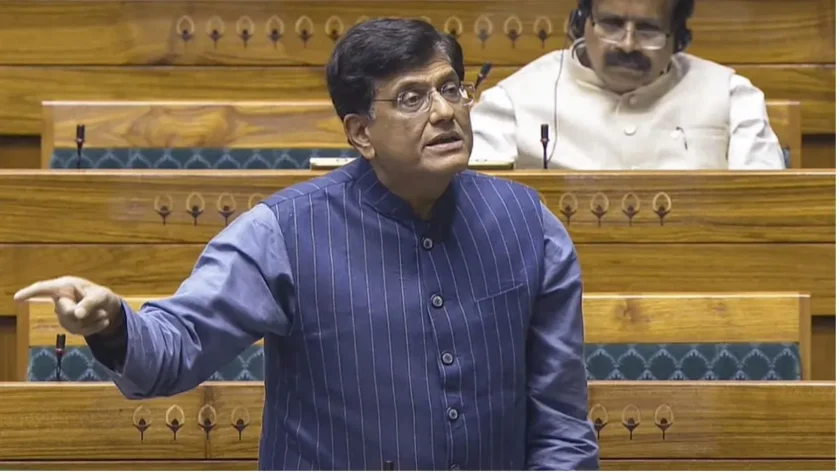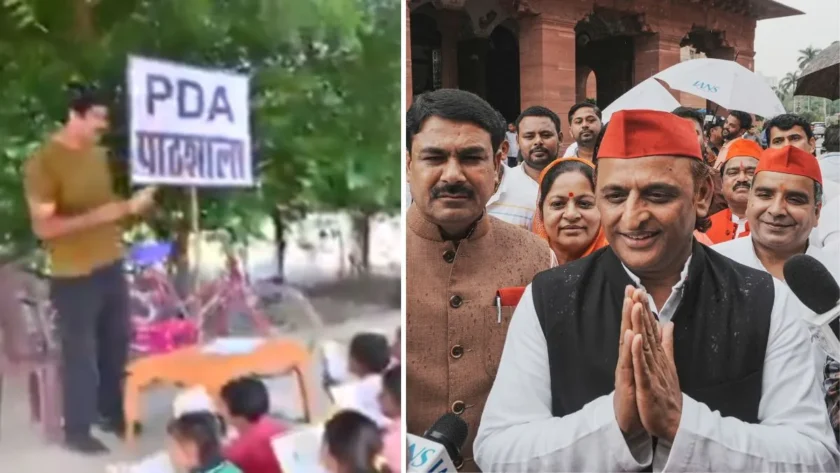New Delhi : India’s post-COVID economy is showing signs of steady recovery, with recent policy moves from the government and the Reserve Bank of India (RBI) offering a much-needed boost. With the Union Budget offering significant income tax relief, inflation cooling down, and interest rates at historic lows, a resurgence in both rural and urban consumer demand is now expected—paving the way for accelerated economic growth in the coming quarters.
A Catalyst for Growth: RBI’s Bold Monetary Policy
The RBI’s latest monetary policy is being seen as a strong catalyst for faster economic expansion. The 50-basis-point cut in the repo rate along with a 100-basis-point reduction in the Cash Reserve Ratio (CRR) are being hailed as bold and forward-looking moves. Since February 2025, the cumulative cut in the repo rate now stands at 100 basis points, signaling the central bank’s clear intention to support domestic demand, borrowing, and investment.
The RBI’s approach is particularly significant in the face of global uncertainties and economic pressures. As inflation remains under control, the lower cost of borrowing is expected to increase credit access for low-income and marginalized segments, boosting consumption and encouraging small and medium-scale investments.

The reduction in CRR—despite ample liquidity in the financial system—further underscores the RBI’s strategy to structurally bring down interest rates and stimulate lending and economic activity. These measures are likely to reignite domestic spending and lay the groundwork for a stronger growth trajectory.
Impact on Consumption, Credit, and Investment
The combined effect of tax relief, declining interest rates, and controlled inflation is creating an economically favorable environment. As a result, credit demand is expected to rise, and private investment, which had remained sluggish over the past few years, is finally beginning to show signs of acceleration.


Although banking credit and urban demand remain slightly subdued for now, indications suggest improvement in the second half of the financial year. The enhanced synergy between fiscal and monetary policy is also proving beneficial. With government expenditure increasing again post-election season and the RBI continuing to infuse liquidity, the foundations for long-term growth appear strong.
Global Risks Remain, But India Holds Steady
Geopolitical tensions such as the Israel-Iran conflict and its impact on global oil prices could pose challenges. However, as long as crude oil remains within the $80–85 per barrel range, the Indian economy is expected to withstand the shock. A surge beyond this level might exert some inflationary pressure, but experts predict India’s GDP growth could still range between 6% and 6.5% for the financial year—even in a worst-case scenario.
The Road Ahead
With monetary policy clearly focused on reducing borrowing costs, and the government now returning to its pre-election development spending levels, the signs are positive. A gradual return of private sector investment, if sustained, could be the much-needed force to create jobs and stimulate consumption in the long run.
The coming months will be crucial as India moves from cautious recovery to accelerated prosperity. If current trends continue and the RBI remains proactive, India’s economy may not just recover but thrive in a globally uncertain era.





